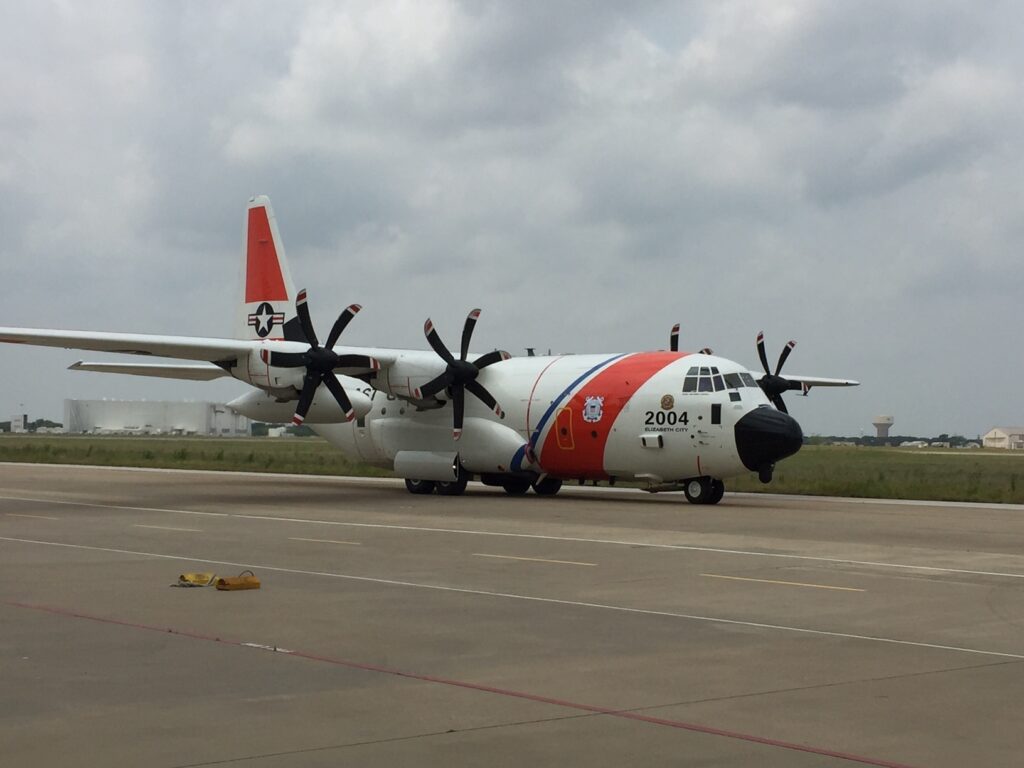
ARLINGTON, Va. — The 500th C-130J Super Hercules aircraft built by Lockheed Martin (Booth 1001) has been delivered to its customer, the company announced March 15.
The aircraft, Lockheed Martin C-130 construction number 5934, is a C-130J-30 version that was delivered to the 130th Airlift Wing, a unit of the West Virginia Air National Guard based at McLaughlin Air National Guard Base in Charleston, West Virginia. The wing is replacing its older C-130 Hercules aircraft with new C-130J-30s.
The C-130J Super Hercules represents a significant advancement in performance, technology and airlift capability over the older C-130 Hercules family of aircraft. The C-130J is equipped with the more powerful Rolls-Royce AE 2100D3 turboprop engines, six-bladed GE-Dowty R391 composite propellers, modern avionics and mission systems. The Super Hercules features dual head-up displays, an integrated defensive suite, automated maintenance fault reporting, and a rear ramp door capable of opening at airspeeds of up to 250 knots. It has greater speed, range lift capacity, climb rate, cruise altitude and short-field performance than the legacy C-130.
The C-130J Super Hercules is the current production model of the legendary C-130 Hercules aircraft. The C-130J first flew in 1996 and entered service in 1999. It is now the airlift aircraft of choice of 26 operators in 22 nations.
The U.S. military services operate the largest C-130J Super Hercules fleet in the world. The U.S. Air Force and Air National Guard collectively operate C-130J, C-130J-30, AC-130J Ghostrider, EC-130J Commando Solo, HC-130J Combat King II, MC-130J Commando II and WC-130J Weatherbird variants. The Marine Corps operates the KC-130J tanker version and a C-130J as part of the Blue Angels Flight Demonstration Team. The Coast Guard operates a version of the HC-130J which is different than the version used by the Air Force for search, rescue and logistics. The U.S. Navy is planning to test a version of the C-130J-30 for the Take Charge and Move Out (TACAMO) strategic communications mission.
These are some of the 17 different mission configurations of the C-130J used worldwide for transport (military and commercial), humanitarian aid delivery, aerial firefighting, natural disaster relief support, medevac, search and rescue, special operations, fire support, weather reconnaissance, atmospheric research and aerial refueling.
The C-130J-30 is a version of the Super Hercules, which has an extended fuselage (15 feet, or 4.6 meters) when compared to the basic C-130J. As such, it can carry 30% more passengers and cargo than the basic C-130J and 50% more container delivery system bundles.
The rugged C-130 family of aircraft has been in serial production longer than any other military aircraft in the U.S. inventory. The first C-130A made its first flight in 1954 and entered service in 1956. Since the first C-130 rolled of the Lockheed Martin production line, more than 2,100 were built before production switched to the C-130J. It is flown out of more than 70 nations and has been certified to support upwards of 100 different mission capabilities in its lifetime.
“No aircraft in history, production or operation matches the C-130 Hercules in terms of its versatility. The C-130J both extends and expands this reputation thanks to increased speed, integration and strength,” said Rob Toth, director of Business Development for Lockheed Martin’s Air Mobility and Maritime Missions line of business.
As a retired U.S. Air Force Special Operations MC-130H navigator, Toth has experience flying and commanding operations with both legacy and C-130J aircraft.
“The legacy Hercs were great aircraft. The C-130J offers a more enhanced flying experience, especially with the advanced situational awareness and added power,” he said. “You the value of those attributes across all mission scenarios, especially with the maritime patrol, search and rescue, special operations and aerial refueling requirements supported by the U.S. Marine Corps and Coast Guard.”
To date, the Navy is the only U.S. government operator to not have a J in its fleet. Currently the Navy flies C-130s for transport and for 20 years (1963-1993) on the TACAMO missions.
Lockheed Martin is honored to have the Super Hercules selected for TACAMO testing — possibly bringing it back to where it all began, Toth said.
“We are working closely with NAVAIR to support an aggressive acquisition strategy that prioritizes both speed of acquisition and affordability to accelerate recapitalization of one of our nation’s most important capabilities — survivable, reliable, and endurable communications between the president and the nation’s nuclear forces,” Toth adds. “We are proud to be at the heart of this effort and confident that the Super Hercules will deliver the critical capability our nation needs.”






